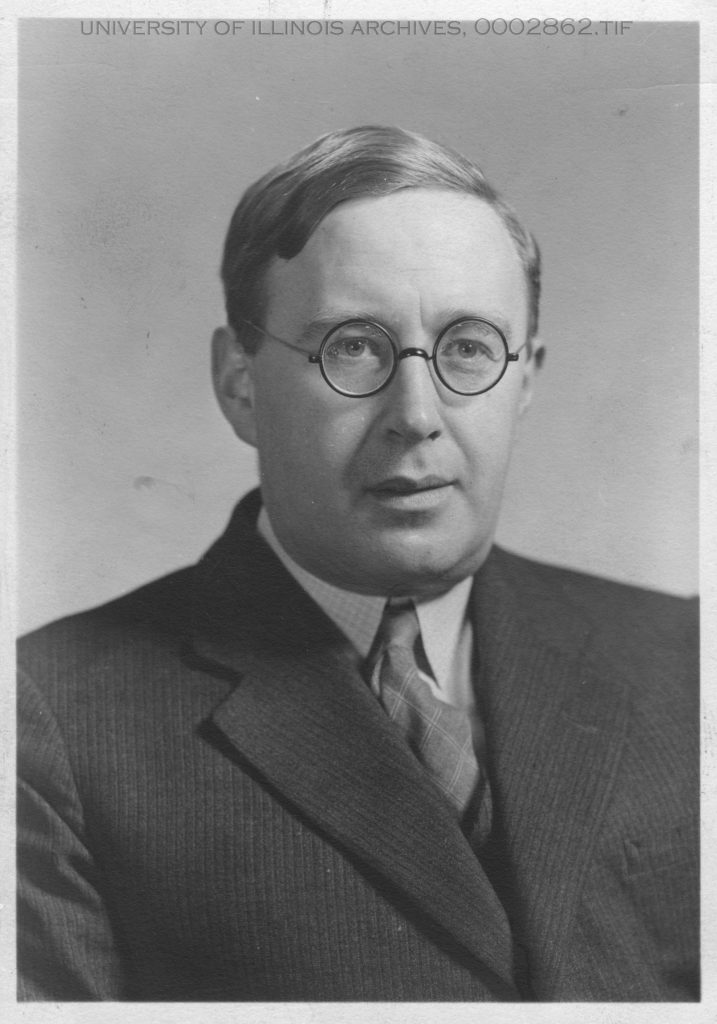Eugene Rabinowitch (1901-1973) was a Russian-American biophysicist and activist.
Rabinowitch was born on April 27, 1901 in St. Petersburg, Russia. He received a Ph.D. from the University of Berlin in chemistry in 1926. In the 1930s he moved to England and later to the United States in order to escape anti-Semitism in Germany. In 1944, Rabinowitch moved to Chicago to work at the Metallurgical Laboratory with his former mentor, James Franck.
Rabinowitch was a member of a committee of scientists chaired by Franck formed to study the use the atomic bomb. The committee submitted the Franck Report —mainly written by Rabinowitch—to Secretary of War Henry Stimson on June 11, 1945. In October 1945, he and John Simpson Jr. wrote an article for Life magazine which argued that scientists were morally obligated to warn the public and policy makers about the dangers of nuclear weapons.
That year he also founded the Bulletin of the Atomic Scientists with fellow physicists John Simpson and Hyman Goldsmith and was the magazine’s first editor. He edited the Bulletin until his death in 1973. Between 1945 and 1973, Rabinowitch wrote over 100 articles for the magazine.
In the 1950s, Rabinowitch became a leader of a movement to establish an international conference of scientists to discuss challenges raised by nuclear proliferation. Rabinowitch’s European contacts and his Russian language skills helped him gain international support for such a conference. He and Joseph Rotblat, a representative from the Atomic Scientists Association of Great Britain, exchanged letters in 1955 to discuss the organization of a conference. With Rabinowitch’s help, Rotblat put together the first Pugwash Conference in Pugwash, Nova Scotia in July 1957.
Rabinowitch served as a member of the International Continuing Committee of Pugwash from 1957 to 1973 and was its president from 1969 to 1970. He died in Washington, D.C. on May 15, 1973.
Photograph courtesy of the University of Illinois Archives.





